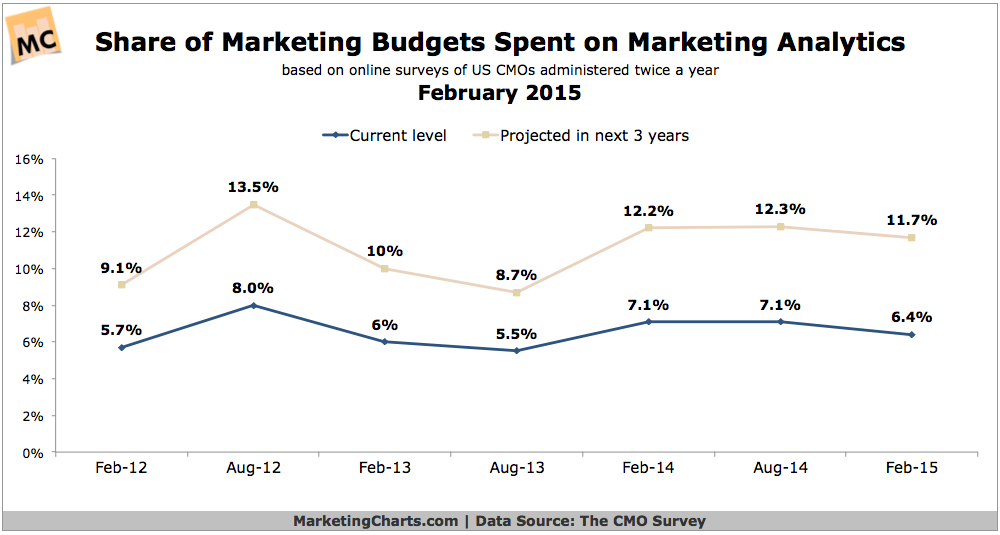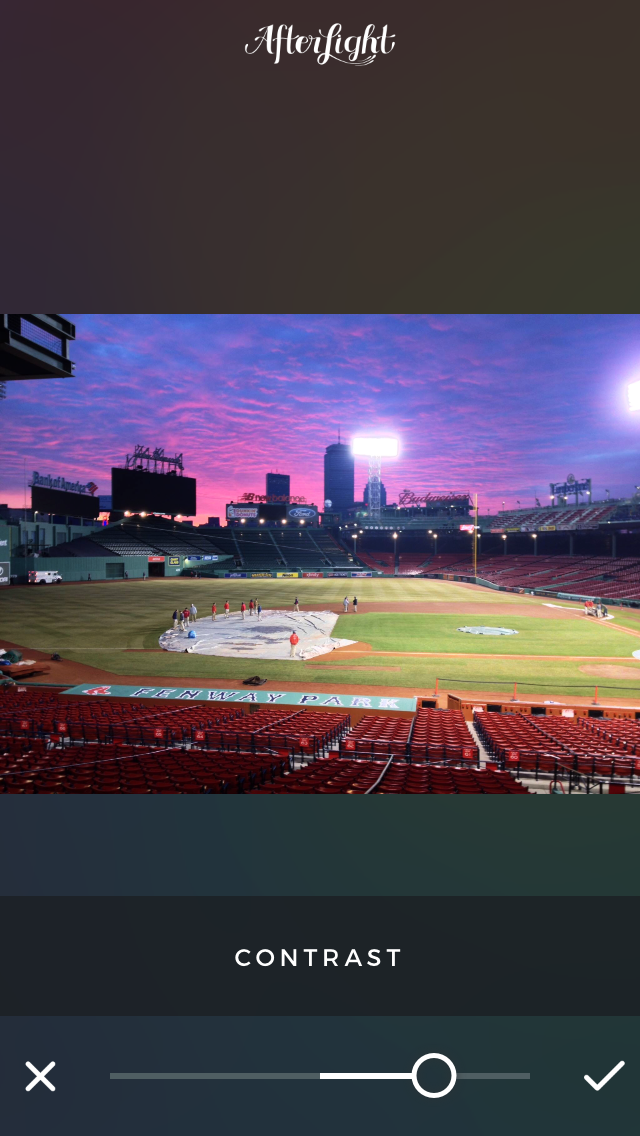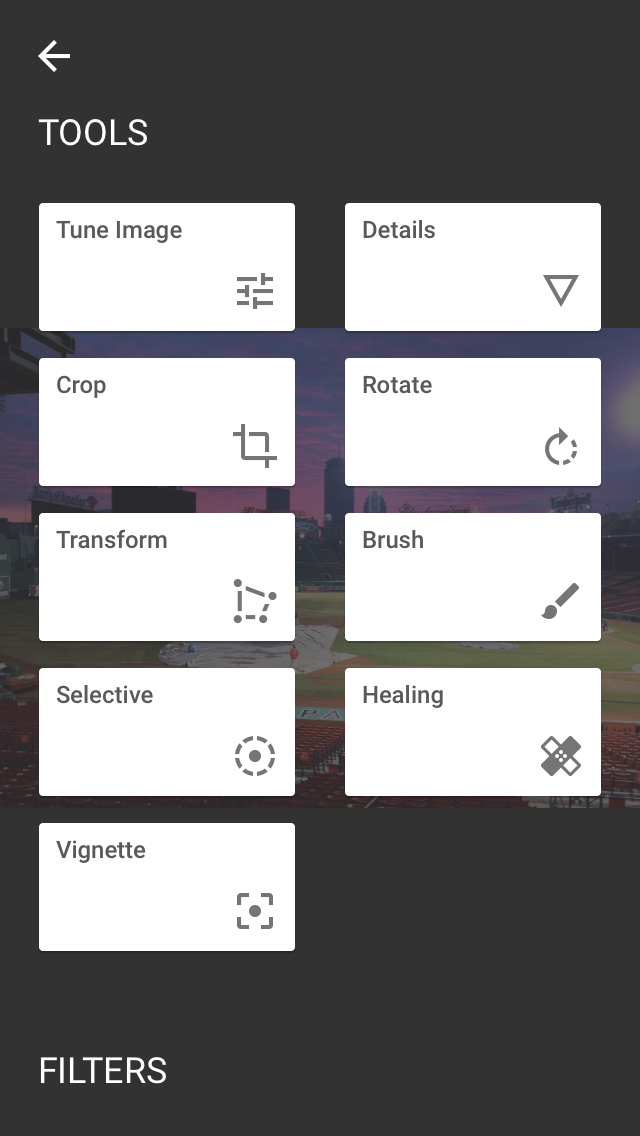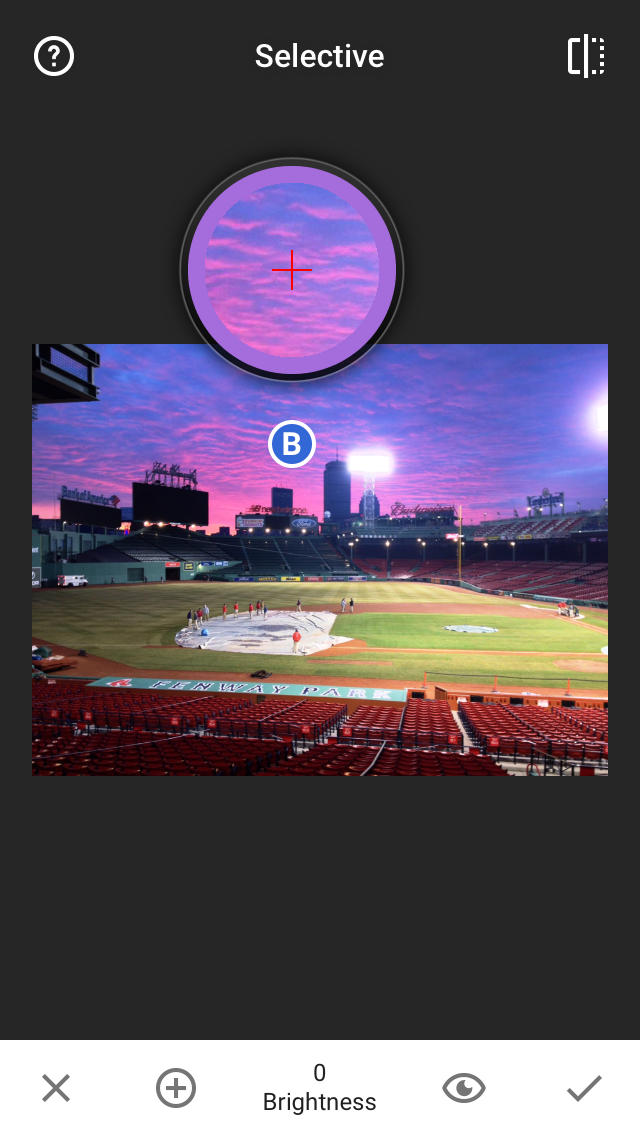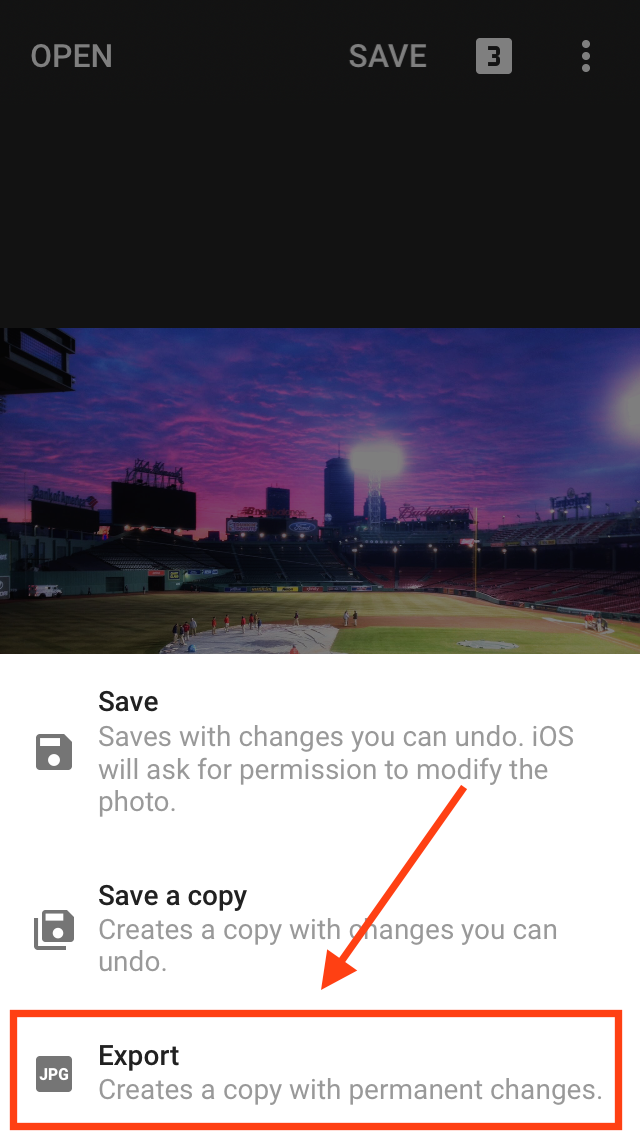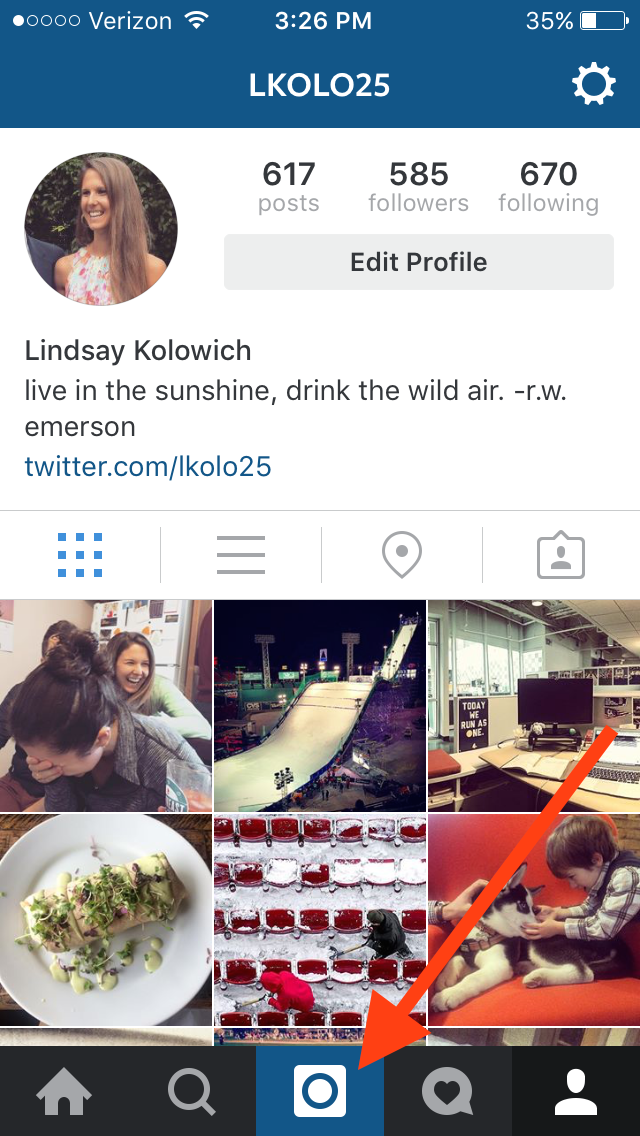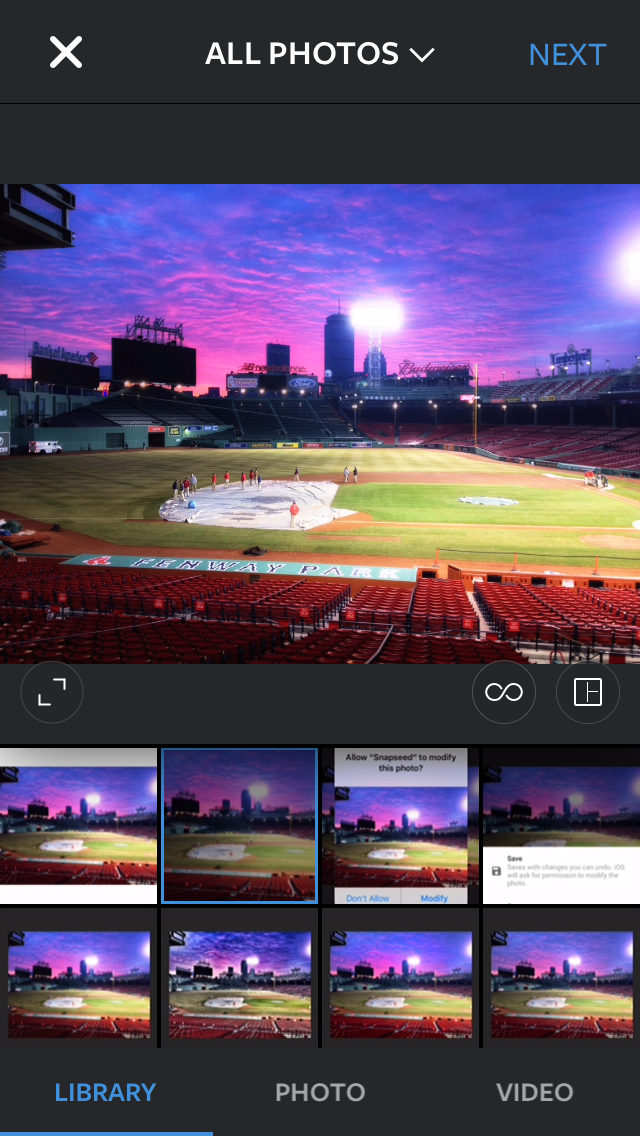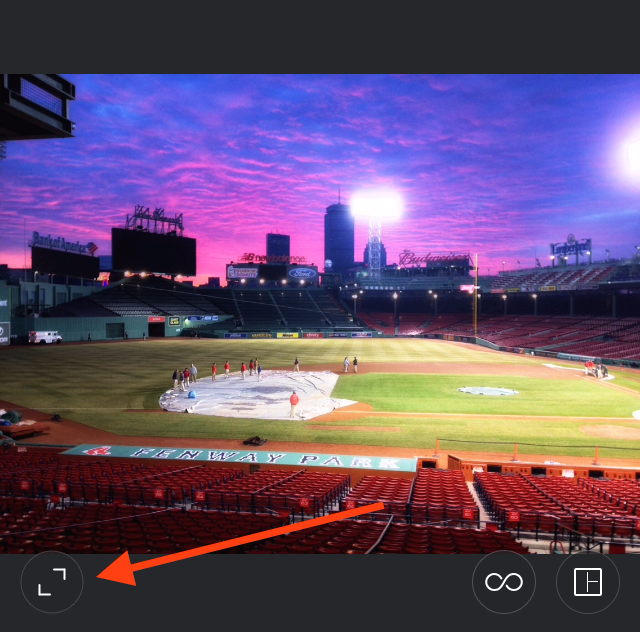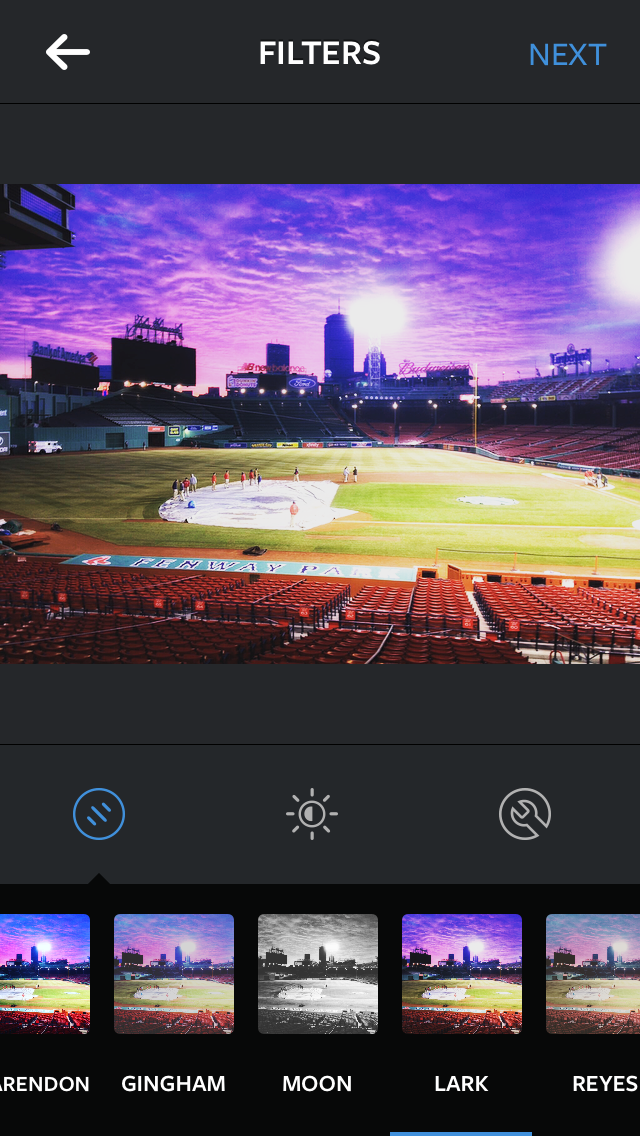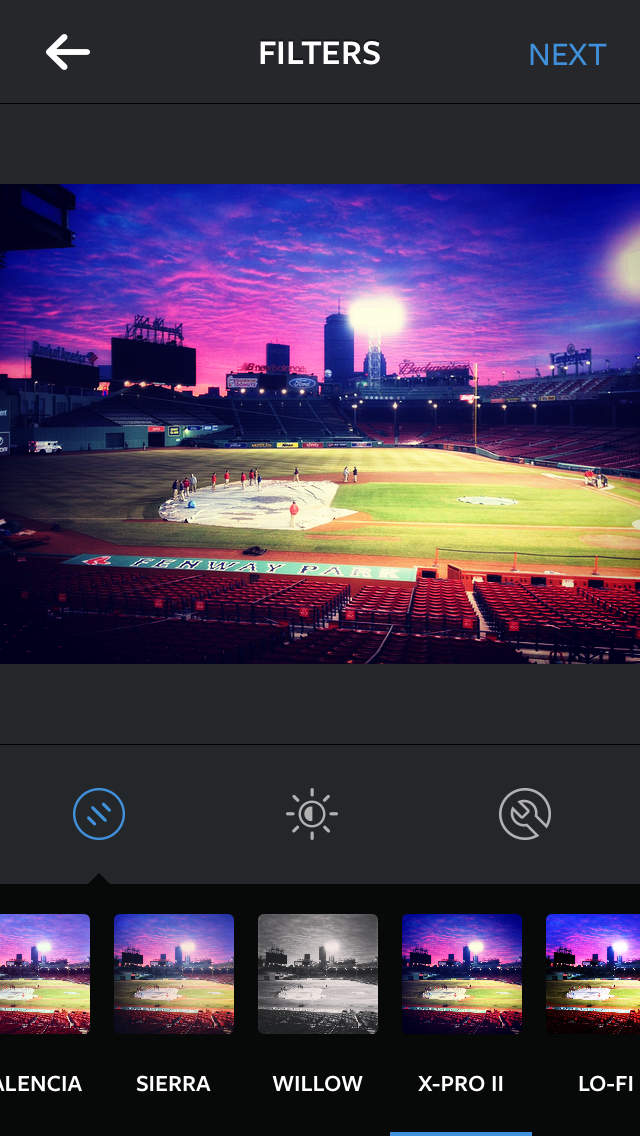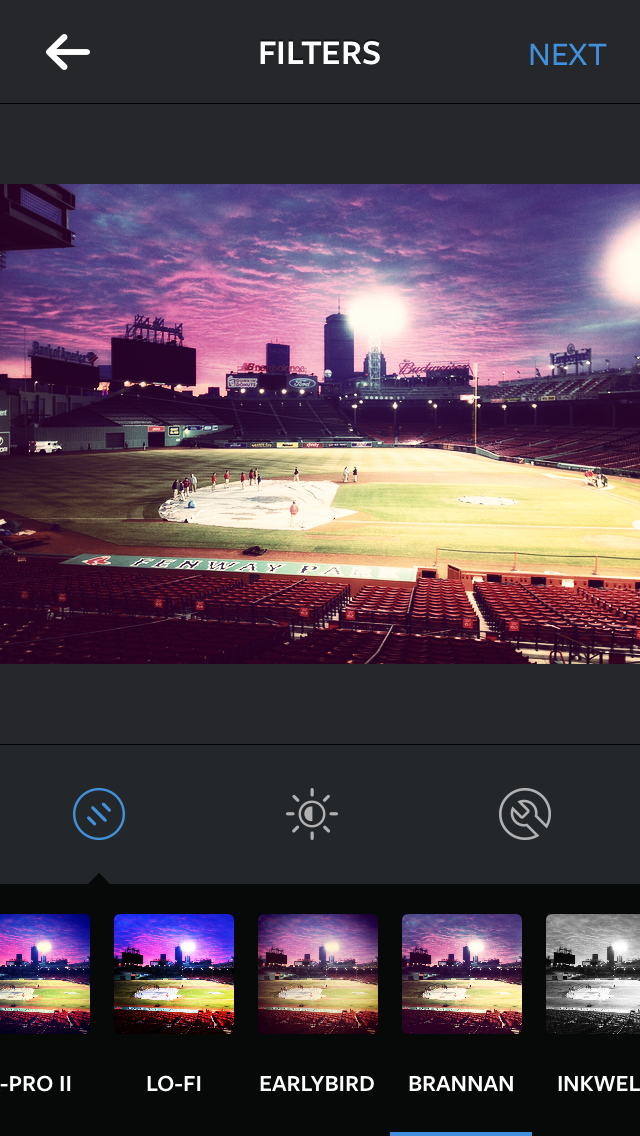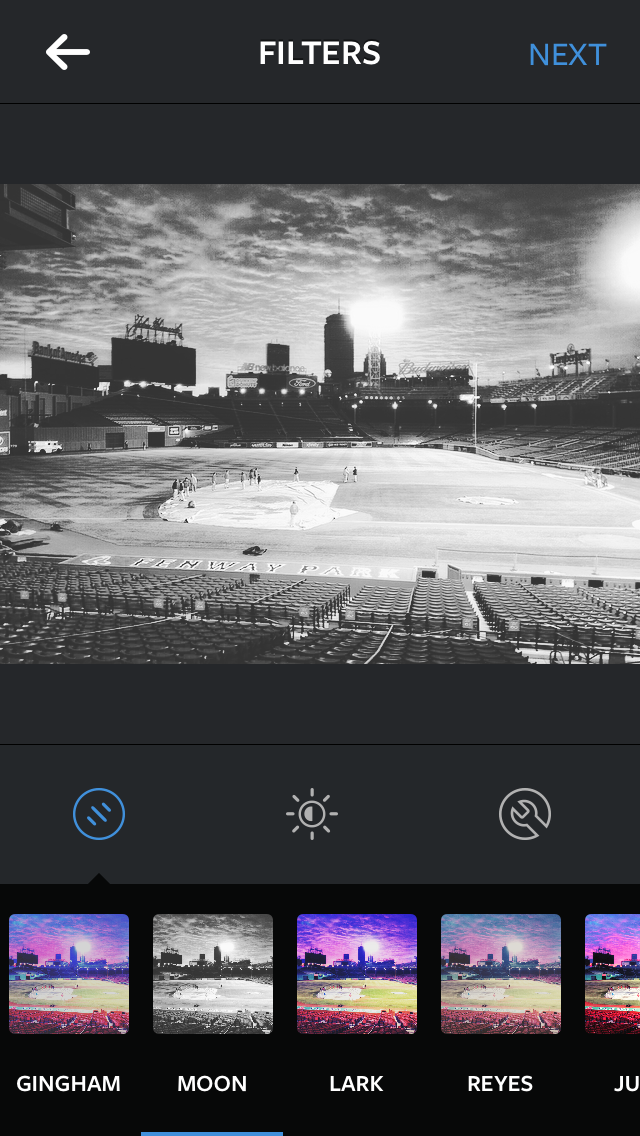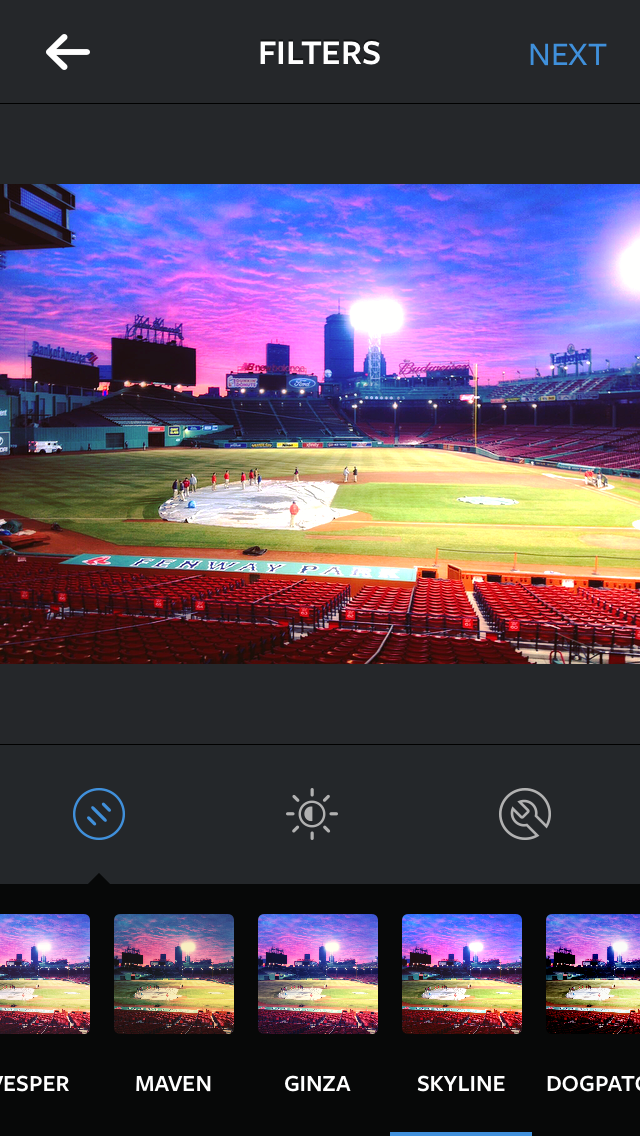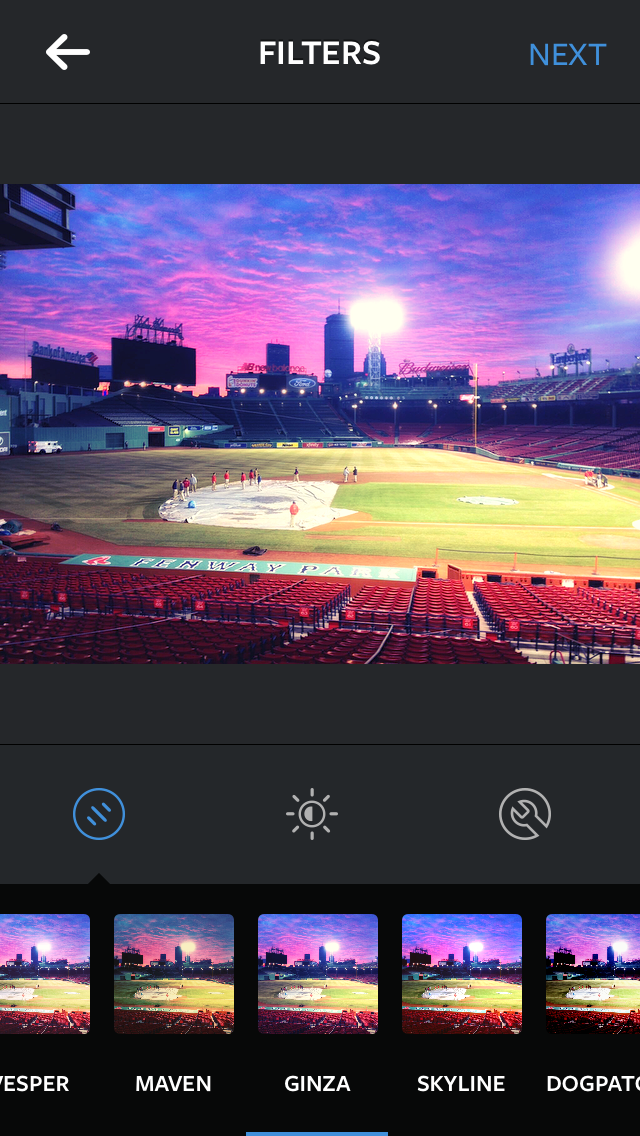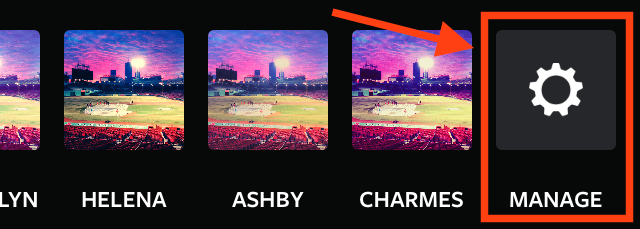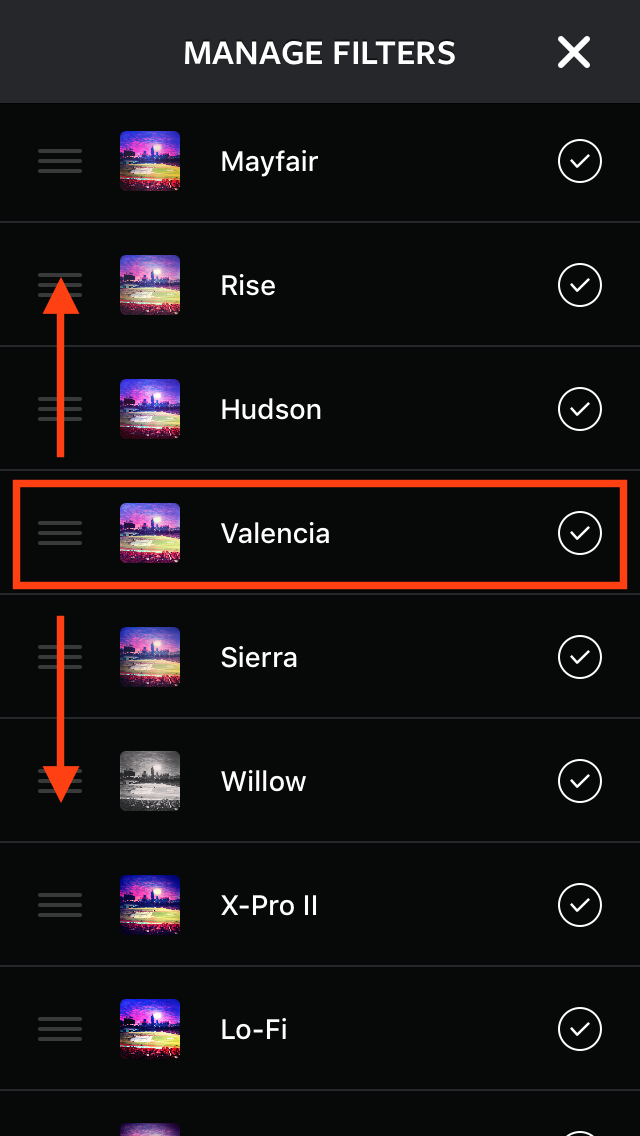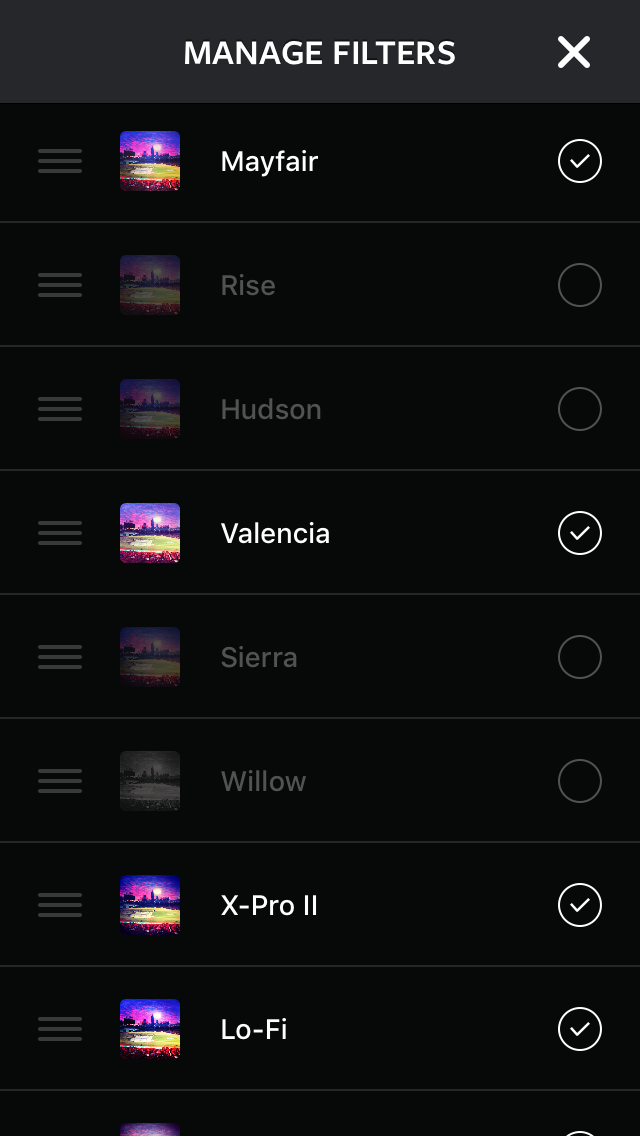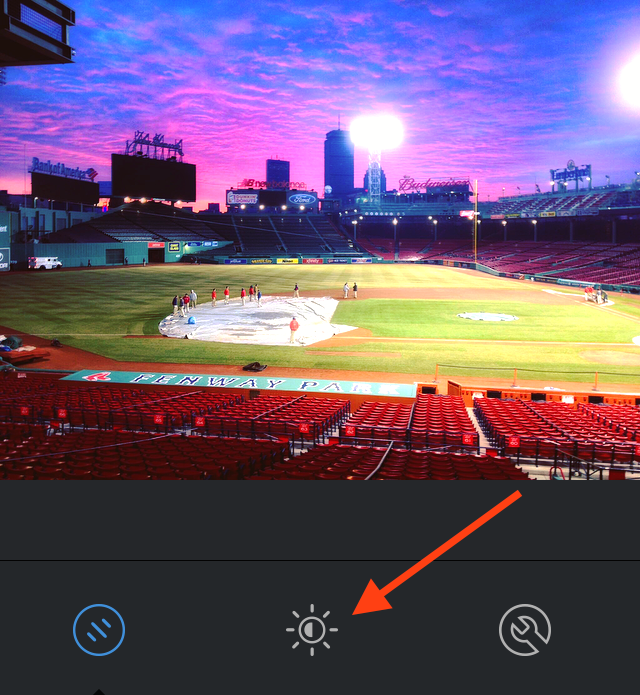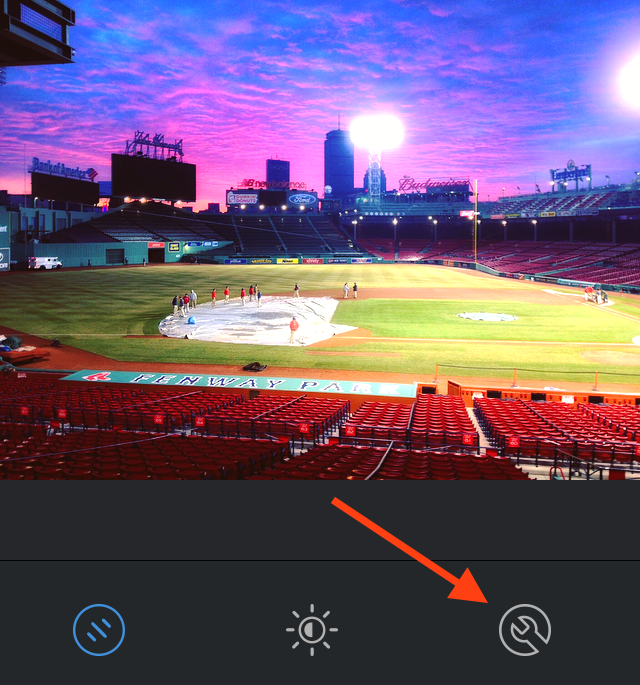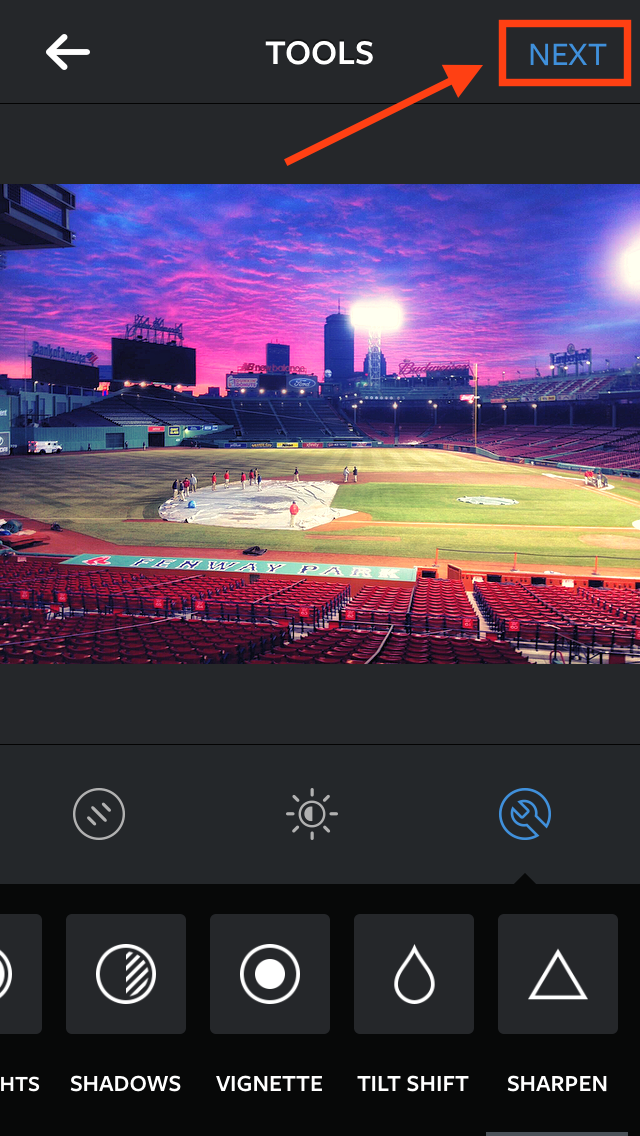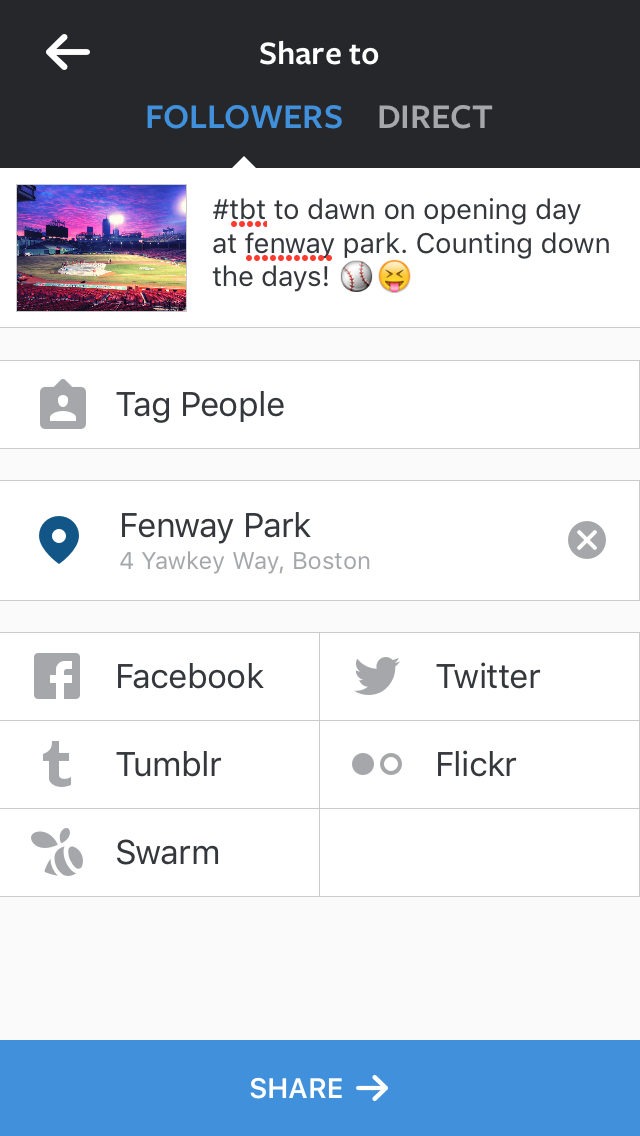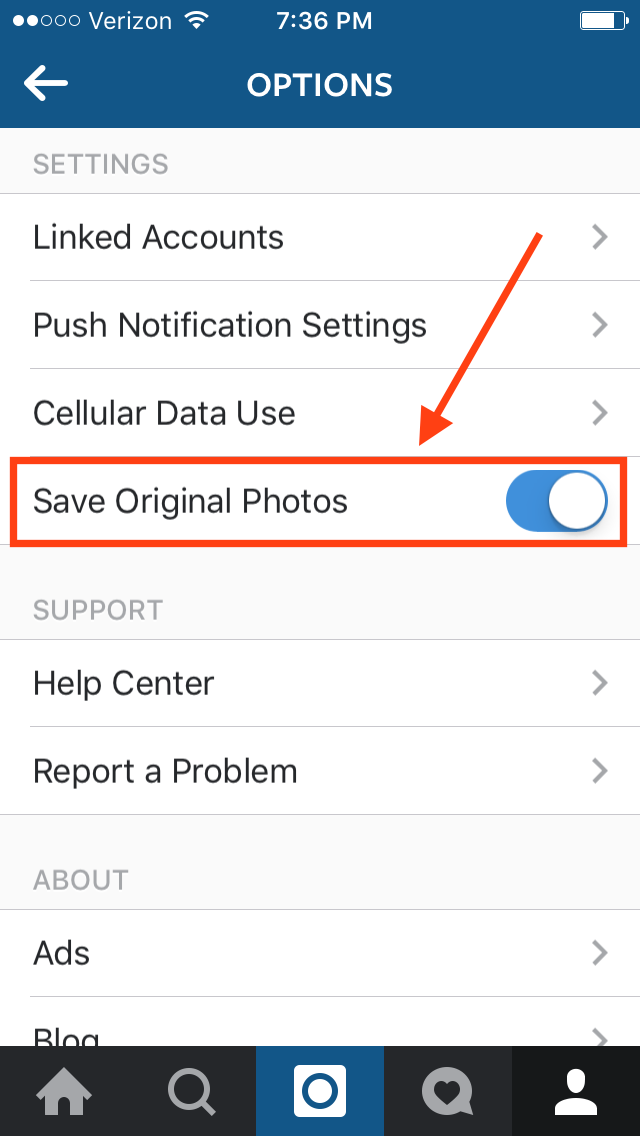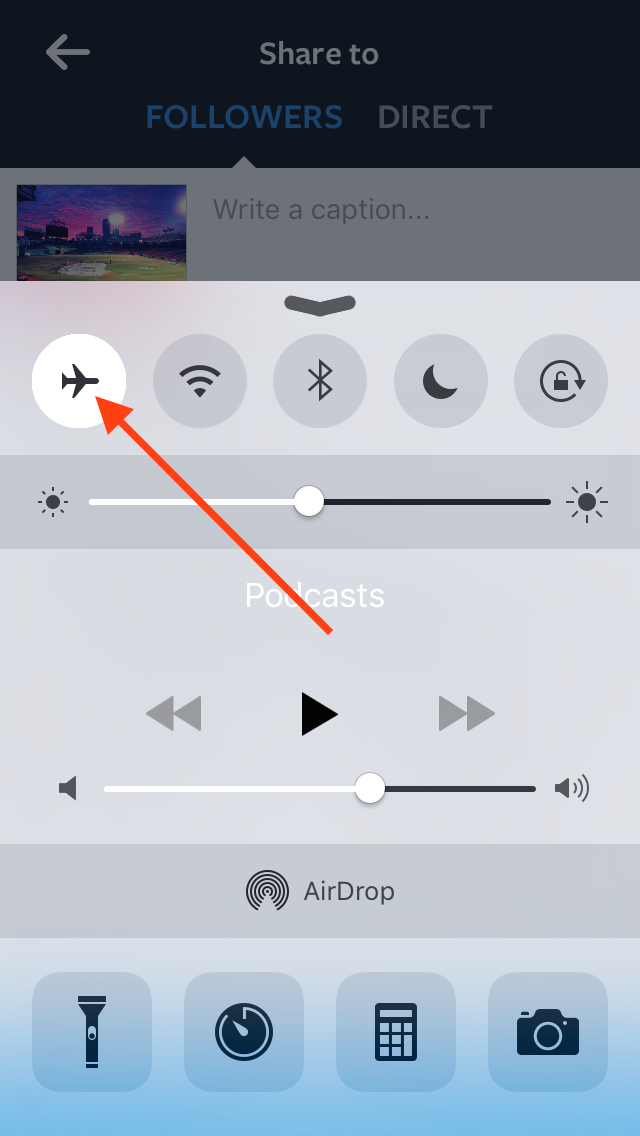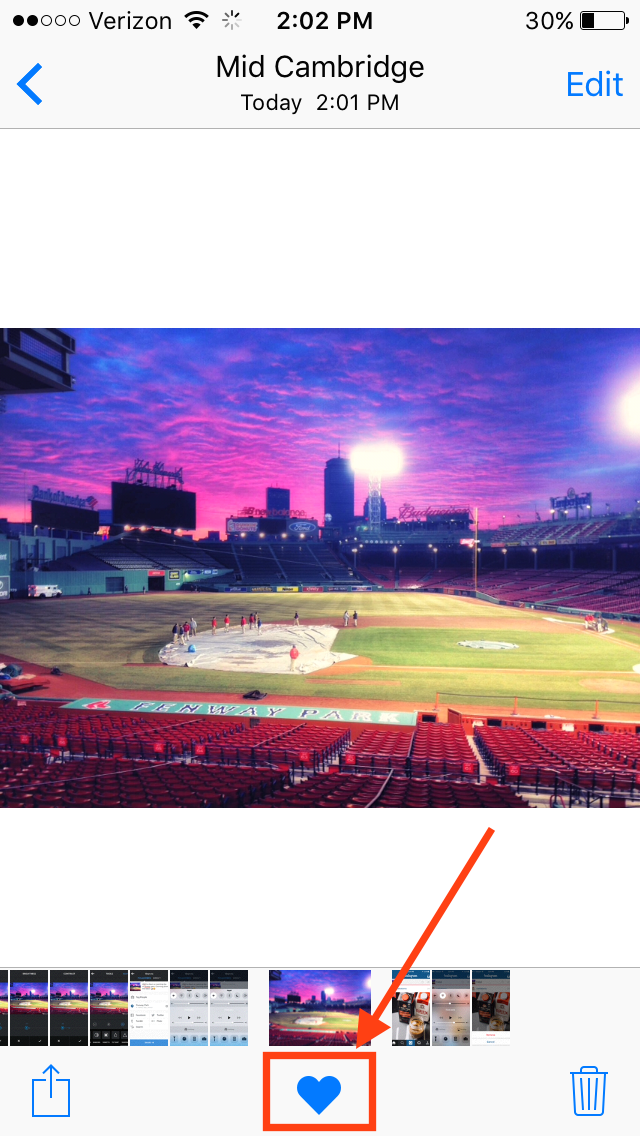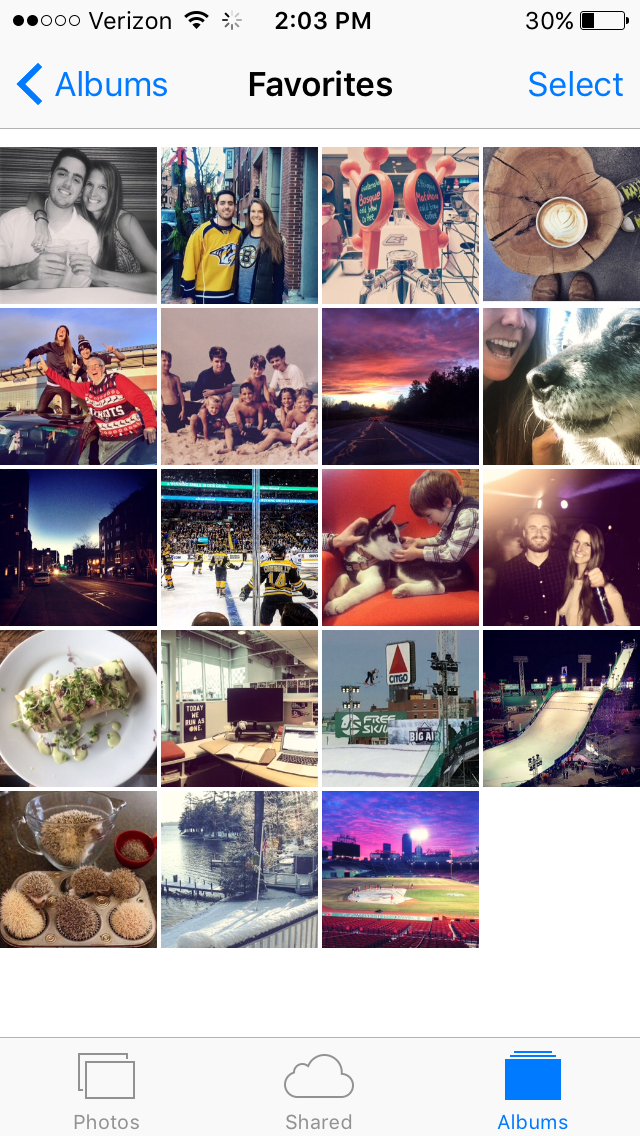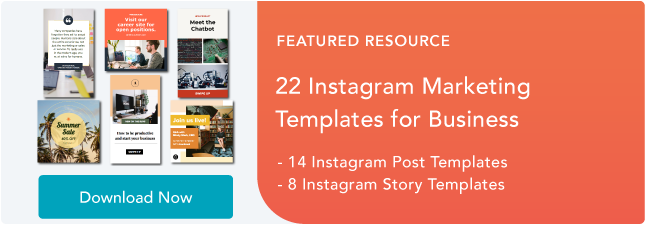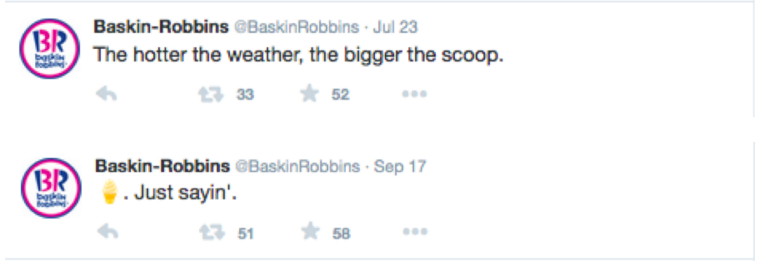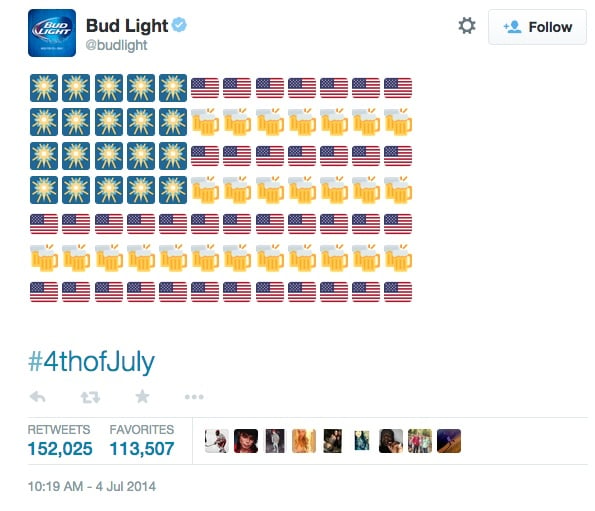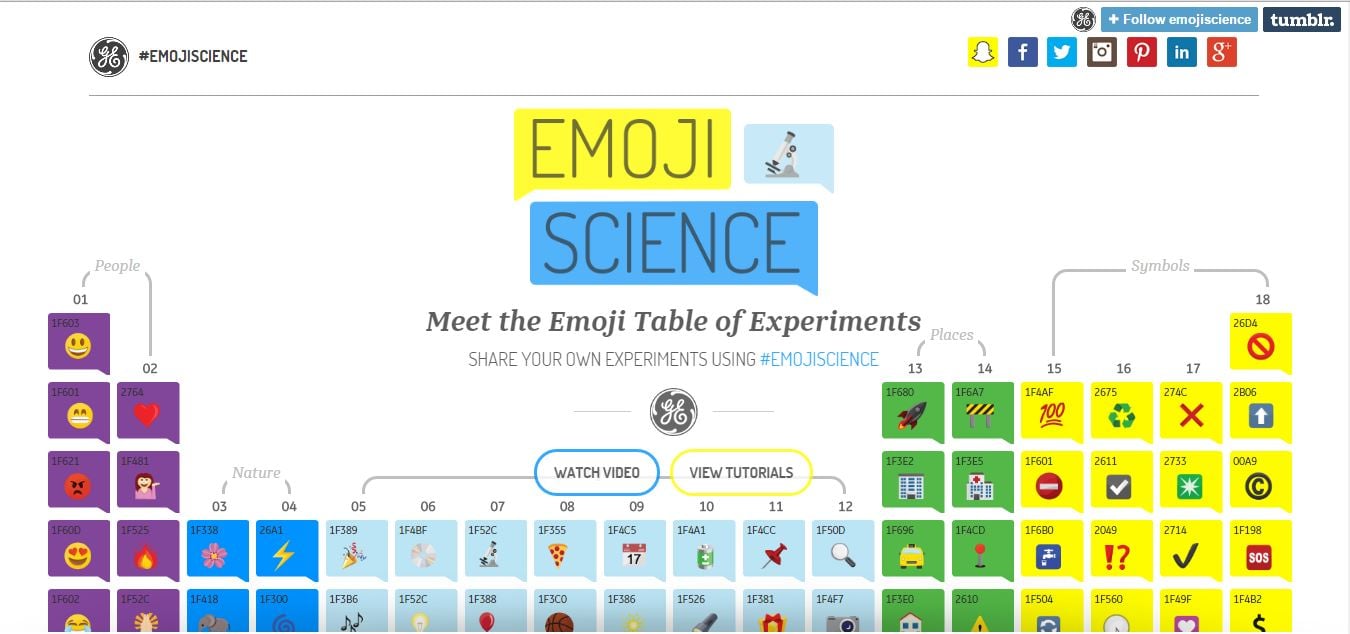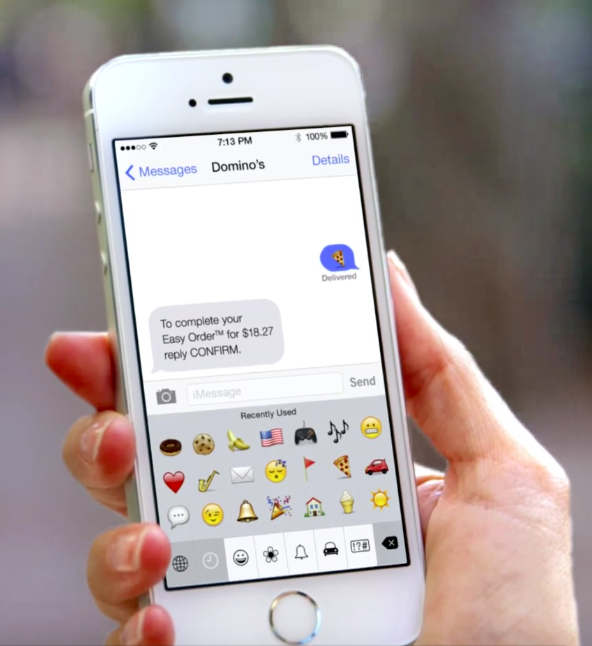Analytics. Its at the heart of every conversion optimization strategy and online business decision we make. But some studies are showing an ever-increasing gap between the information key-decision makers want, and the actionable insights needed to drive business forward. The question then becomes, where are we now, and what can be done about this great divide? Lets take a closer look:
The Beginning of the Gap
According to a survey done by The CMO Survey and Duke Universitys Fuqua School of Business, even at this time last year, spending on marketing analytics was down even failing to meet the CMOs own predictions. Although their share of spending on marketing analytics was forecast to increase over the next three years, the trend was still lower than anticipated:
Marketing budgets spent on analytics fell from its projected amount year after year
In fact, looking deeper into the survey, its easy to see how CMOs could come to a decision like this. The percentage of projects using marketing analytics has gone down since 2012. Year after year, progress has shown to be rather tepid, which begs the question: are CMOs just not understanding the value of the information being provided? Or are analytics really not worth spending on?
 The percentage of projects using marketing analytics has remained fairly consistent since 2012
The percentage of projects using marketing analytics has remained fairly consistent since 2012
Insightful Answers Lead to More Questions
The answer is neither. A study done by the MIT Sloan Management Review in collaboration with the SAS Institute showed that CMOs, global executives and senior management clearly want more use of analytics:
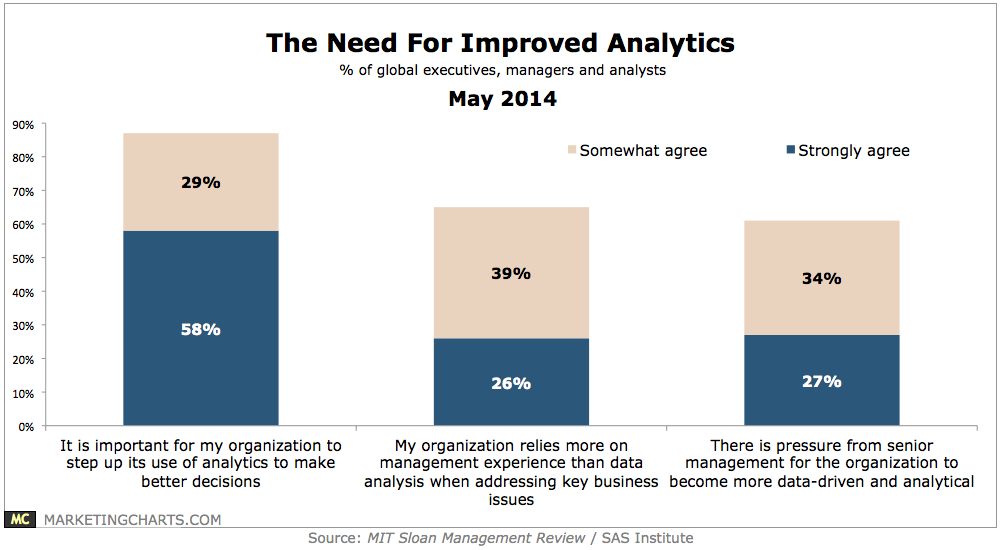 Management clearly sees the need for better, more actionable analytics data
Management clearly sees the need for better, more actionable analytics data
Two-thirds of executives reporting in the survey admitted to relying more on management experience than what the data showed, and a slim minority reported frequently having all the data they needed to make insightful business decisions. Is it a knee-jerk reaction to rely on ones experience even if it flies directly in the face of what the data shows?
The study showed some interesting points that may have contributed to this feeling of lukewarm analytics reception:
Its Not The Data its What You Do With It Than Counts
As many as 75% of respondents acknowledged that their access to useful, actionable data had increased, and their ability to capture and leverage that data is improving although slowly.
Whats more telling, is that only one in eight of the respondents were deemed to be analytical innovators a term, according to the report, that was given to those employees who were part of an analytical culture fostered by their senior management. This culture highly prized data and insights derived from it, and were more strategic about their use of the intelligence they gathered.
One in eight. Let that sink in for a minute.
Only one in eight people have enough confidence to say that their company thrives on a culture where making strategic, data-driven choices is encouraged. Where gleaning insights from that data is a top priority.
And its not a case of analytics data not being worthwhile, either. A Marketo sponsored report on the future of online marketing showed that investment in actionable data is a smart decision that will power successful businesses well into the next five years and beyond.
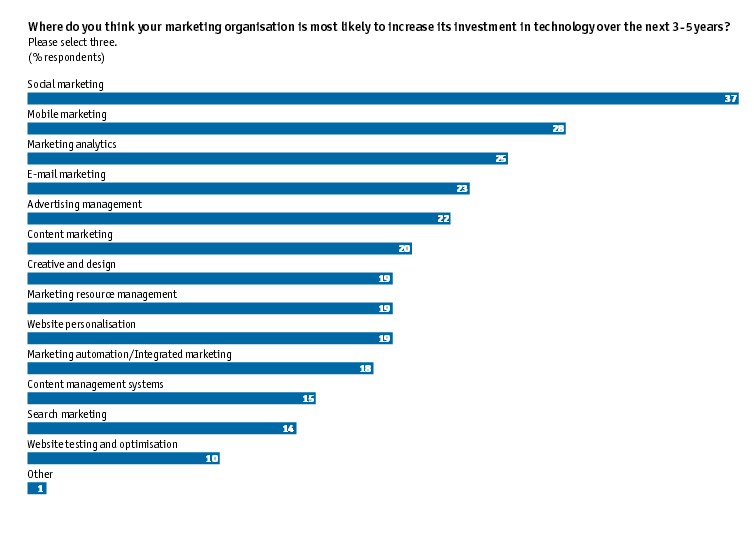 Forecast investments in marketing technology include social media, mobile marketing and analytics
Forecast investments in marketing technology include social media, mobile marketing and analytics
As you can see, marketing analytics found itself squarely in third place, only behind social media and mobile marketing respectively. CMOs and other key decision makers know that marketing analytics are valuable. So its not a lack of investment because they cant see the relevance.
Building a Bridge Making Sense of Analytical Data
So weve narrowed down that the cause of the gap isnt a lack of CMO knowledge or understanding, and despite prior questionable performance, spending still remains at an even level despite wanting more investment.
The cause of the gap is a lack of relevant, actionable, easily obtainable data data that can be leveraged across all major channels to provide the kind of insights the CMOs and their analytics team need to bolster sales, build customer relationships and increase customer acquisition. Theres no shortage of information. All of this big data is being collected, compiled and dropped into the laps of key decision makers to try and make sense of it.
Analytical orientation is even being noted as one of the key skills for todays CMOs to possess with creativity taking a backseat:
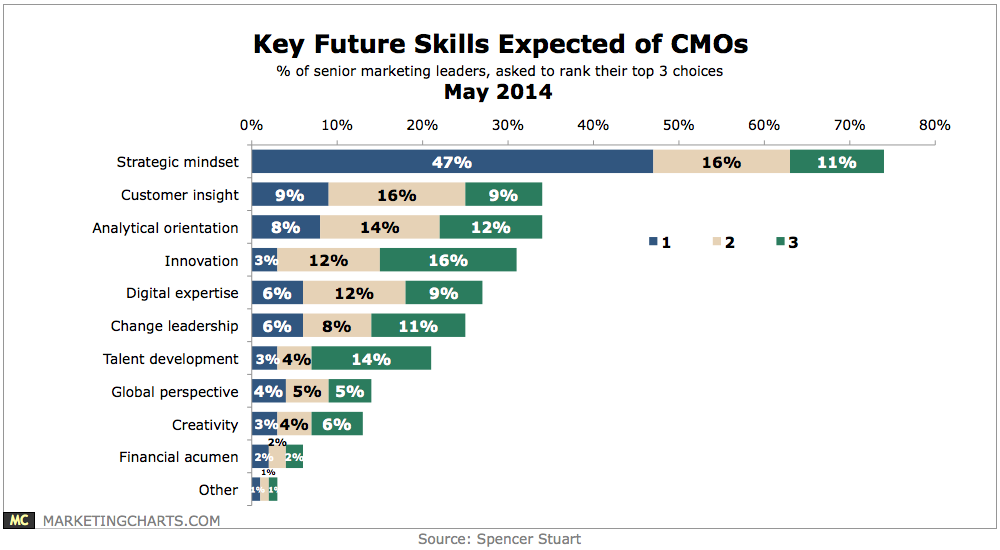 Strategic mindset, customer insight and analytical orientation round out the top skills expected of CMOs.
Strategic mindset, customer insight and analytical orientation round out the top skills expected of CMOs.
So how do we build a bridge between the numbers and information were collecting, and the business-propelling strategies that stem from it?
When Experience Matters Most
This is where management experience that aforementioned knee jerk reaction to data, comes into play. Try as we might to wring measurable, impactful details on our customers from the information we collect, theres just too much interference and noise clogging up the connection. A lot of useless chatter clouding our vision and hindering our ability to move forward.
The bridge that crosses the analytics gap isnt going to be built by digging our heels into the digital mud and going deeper into the numbers. Its going to be built on the value of the customer experience.
The perception of marketing is going to shift. While anaytics are still going to be useful, crunching numbers will only get us so far. Key drivers are going to be more experience-based rather than data-based. Things like:
- Managing customer expectations over their entire lifecycle and not just the acquisition process
- Measuring customer engagement, not just counting how many customers youve gotten
- Cultivating and nurturing customer relationships rather than passing them off to sales and hoping for the best
- Quickly and fully resolving customer issues before they grow and fester on social media
As you can see, these are intangible things that analytics simply cannot measure. But analytics can tell us which channels open the door to drive these types of experiences. So its not about choosing sides analytics or customer experience but leveraging both in such a way that they form a continuous cycle of clear insights that forge a path for the next sales cycle and beyond.
Now Its Your Turn
Do you feel theres an analytics gap within your own company or department? How are you taking steps to remedy it? Or do you think that the data has a greater role to play we just havent crafted the right kinds of tools to get the kinds of insights we need just yet? Share your thoughts and perspective with us in the comments below!
About the Author: Sherice Jacob helps business owners improve website design and increase conversion rates through compelling copywriting, user-friendly design and smart analytics analysis. Learn more at iElectrify.com and download your free web copy tune-up and conversion checklist today!
